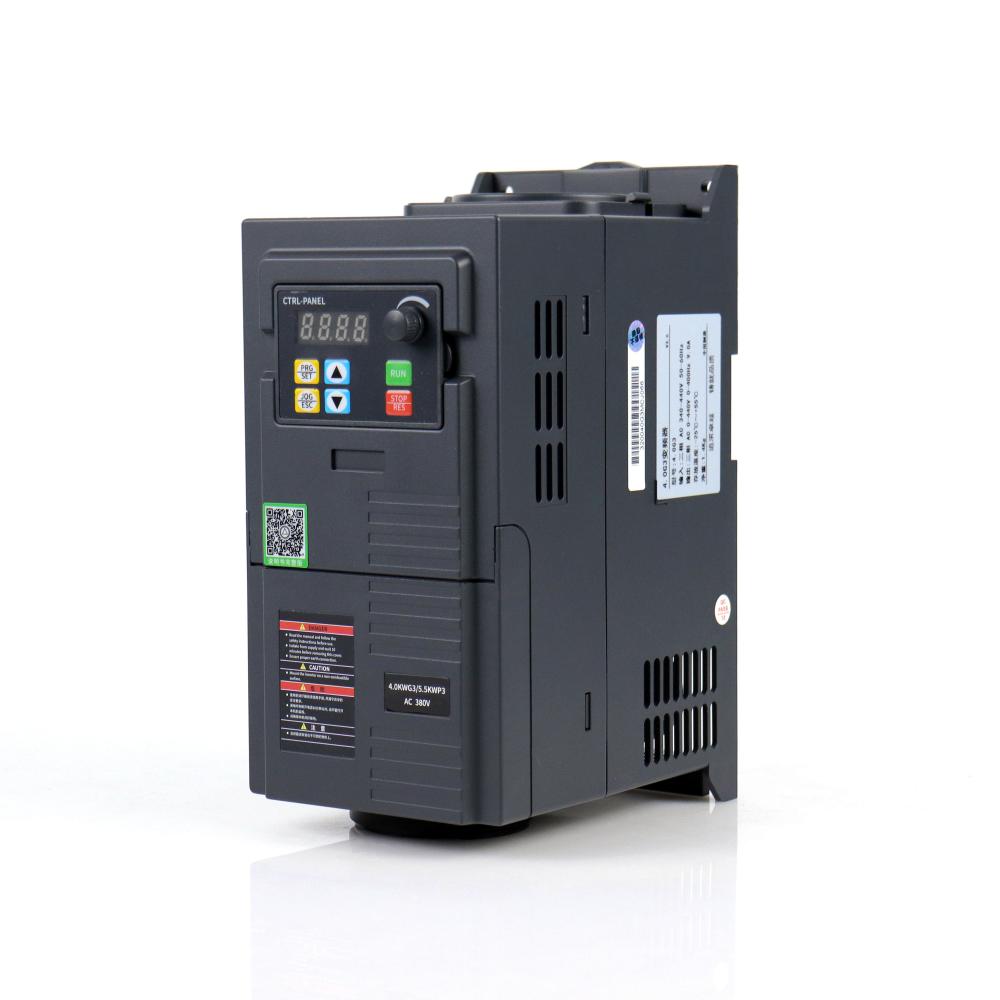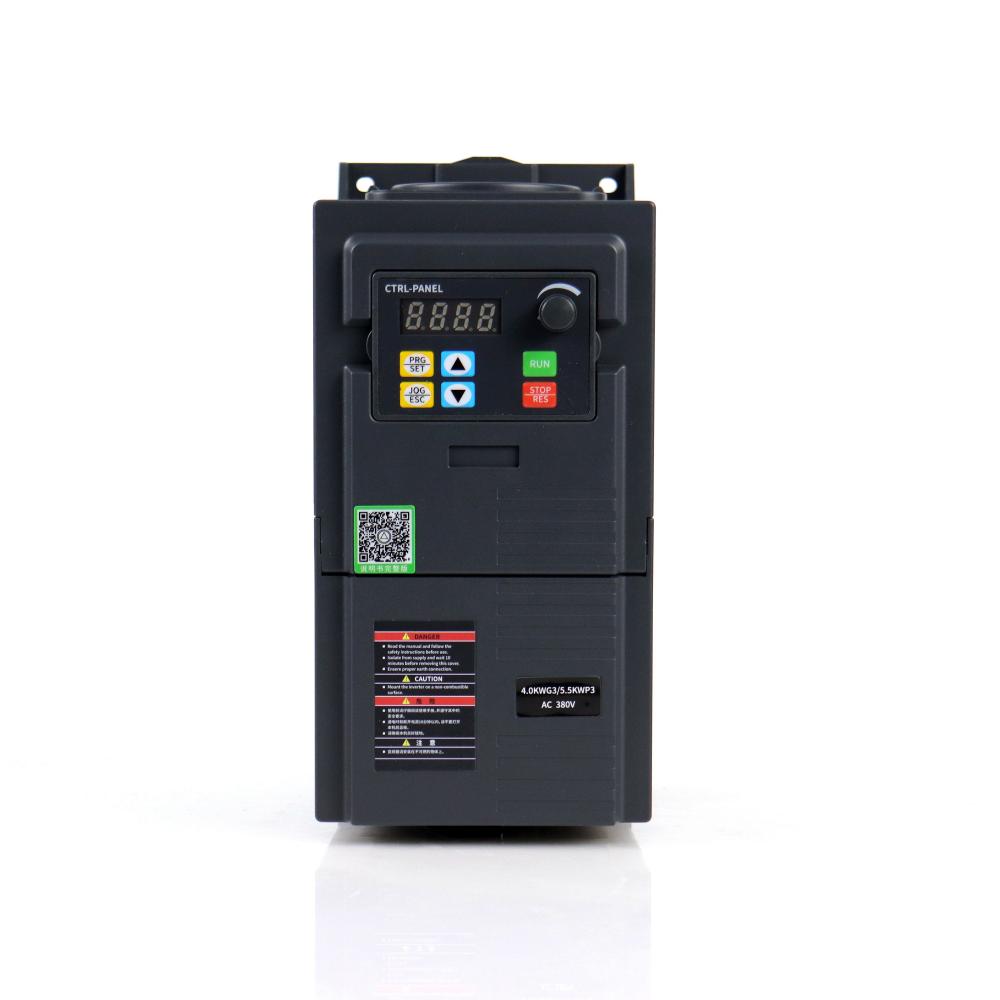In optimizing motion control systems using stepper motors, engineers must balance multiple factors such as cost, performance, efficiency, and the challenges of unexpected feedback—like mechanical resonance. Modern motor control systems operate in a wide range of harsh environments, and traditional solutions often struggle to maintain efficiency under worst-case scenarios. Adaptive control algorithms are essential to unlock the full potential of an optimized electromechanical system.
**System Mapping**
To achieve maximum efficiency, it's crucial to map the boundary conditions of the entire electromechanical system. This includes considering variables like temperature, mechanical wear, acceleration, speed, and supply voltage. The system architecture also plays a key role in how these factors interact.
In open-loop systems, the motor is often driven with worst-case current and speed profiles. As a result, efficiency is not always the primary design focus. However, this kind of testing is time-consuming because it requires verification across all possible supply voltages, temperatures, and speeds to avoid resonance issues. Resonance can cause the motor to lose steps or stall, which is particularly challenging in open-loop configurations where identifying these areas is difficult.
Closed-loop control typically comes in two forms: sensor-based (such as optical or Hall-effect sensors) and sensorless systems. Sensorless systems, sometimes called "semi-closed loop," use back EMF from the motor coils as feedback. While sensor-based systems are common, they require careful mapping and additional hardware. Sensorless systems offer cost and complexity advantages by eliminating external sensors, making them ideal for many applications. Understanding the characteristics of back EMF is critical for successful implementation.
**SLA Mapping**
Back EMF provides detailed insights into the motor’s motion and serves as a diagnostic tool. It generates a voltage between drive current pulses and the movement of the motor coil through the magnetic field. This data, known as the Speed and Load Angle (SLA), helps determine the motor’s angular velocity. Monitoring SLA is a powerful feature of the AMIS-305xx series controllers, allowing designers to identify and address traditional design challenges that were previously overlooked.
Figure 1 shows the SLA pin mapping while sweeping the NXT input on a conventional stepper motor controlled by the AMIS-30522. As the frequency increases, different operating regions become visible. This capability allows engineers to analyze the entire system without physical modifications, relying only on the motor itself as a sensor. This approach reduces mechanical complexity and enables real-time monitoring of critical parameters.
The red square on the left side of Figure 1 highlights a resonant area, possibly due to installation effects or the motor’s natural frequency. These zones should be avoided to prevent noise, performance degradation, and reliability issues. With ON Semiconductor’s back EMF technology, mapping these areas takes just minutes, significantly reducing system stress.
On the right side, the red square marks the point where current drive exceeds the RLC time constant, leading to residual current in the motor coil. This represents the system’s “speed limit.†Between these two regions lies the recommended operational range.
Additionally, the same mapping technique can detect stall conditions where the motor cannot commutate and thus cannot generate back EMF. In such cases, the controller can adjust the minimum threshold between excitation cycles to manage the situation effectively.
**Using Mapping Data in Your Design**
Once mapping is complete and the optimal speed profile is identified, the best SLA value can be selected for maximum efficiency. Motor control parameters like current, acceleration, and speed can then be dynamically adjusted to avoid inefficiencies caused by resonance or excessive current. The advantage of the sensorless/back EMF method is that it provides detailed diagnostic data without adding extra system complexity. This allows for real-time adjustments based on subtle changes in SLA, helping prevent lost steps and improving overall performance.
Frequency Converter
These keywords represent critical components and applications within the electrical and industrial sector. Here's how they can be classified:
-
Frequency Converter: A frequency converter is a device that converts the frequency of an alternating current (AC) to match the requirement of a particular electrical device or system. This allows equipment designed for specific frequency to operate in regions where the electrical supply has a different frequency. For example, a frequency converter can be used to allow a device designed for a 60Hz supply to operate in a region with a 50Hz supply.
-
Variable Frequency Drive (VFD): A VFD is a type of motor controller that drives an electric motor by varying the frequency and voltage of its power supply. VFDs have significant applications in industrial systems and machinery, where they allow for precise control of motor speed and torque, leading to increased efficiency and longevity of equipment.
-
Pumps, Fans, Conveyors: These are common applications of motors controlled by VFDs. The variable speed provided by the VFD allows these systems to operate more efficiently and adjust to the specific demands of their task. For instance, a pump's flow can be controlled more accurately, fans can be speed adjusted according to the cooling requirement, and conveyor speed can be precisely managed based on the production line's needs.
-
Phase Motor: A phase motor refers to the type of electric motor, which operates based on the phase of the power supply. The most common types are single-phase motors and three-phase motors. Single-phase motors are usually found in lower power applications like household appliances, while three-phase motors are used in higher power applications, often in industrial settings. These motors can be controlled using VFDs for enhanced performance and efficiency.
These components play significant roles in various industries and are essential for efficient operation in many modern systems. The use of VFDs and phase motors, in particular, has revolutionized the way we control and optimize industrial processes, leading to substantial improvements in energy efficiency and system longevity.


Frequency Converter,Variable Frequency Drive,Pumps Fans Conveyors,Phase Motor
WuXi Spread Electrical Co.,LTD , https://www.vfdspread.com

